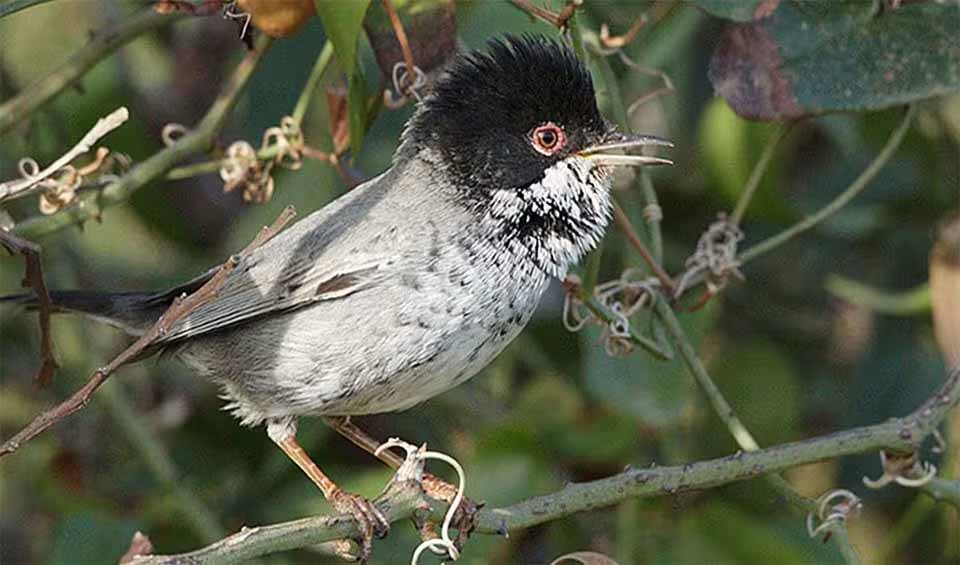Curruca
Known for their beautiful, high-pitched songs, which is where their name "warbler" comes from
Commonly known as typical warblers, this genus is a group of small passerine birds known for their energetic behavior and diverse songs. These birds are found primarily across Europe, Asia, and Africa, inhabiting a variety of environments, from dense forests and woodlands to open scrublands and gardens. They are often appreciated for their lively movements and melodic calls, which bring vitality to the habitats they occupy.
One of the most distinctive characteristics of these warblers is their size and appearance. They are generally small birds with slender bodies and relatively long tails. Their plumage tends to be subtle, usually a mix of browns, grays, and whites, which helps them blend into their surroundings. For example, the lesser whitethroat has a grayish back, white underparts, and a faintly streaked appearance, while the blackcap is easily recognized by the male’s black crown and the female’s reddish-brown cap.
Despite their modest size and coloration, they are known for their vibrant and varied songs. Each species has its own unique vocalizations, often used by males to attract mates and defend territories. These songs are a mix of whistles, trills, and chirps, creating a delightful chorus in their habitats during the breeding season. The blackcap, in particular, is renowned for its rich, fluting song, which is one of the most melodious in the bird world.
Migration is a remarkable aspect of the *Curruca* warblers’ life cycle. Many species undertake long journeys between their breeding grounds in Europe and Asia and their wintering grounds in Africa. These migrations can cover thousands of kilometers and require extraordinary endurance and navigation skills. The common whitethroat, for example, travels from Europe to sub-Saharan Africa each year, navigating across deserts and seas.
Species in this genus
Cyprus warbler
Its unique song is a cheerful, bubbly melody that’s a delight to hear


